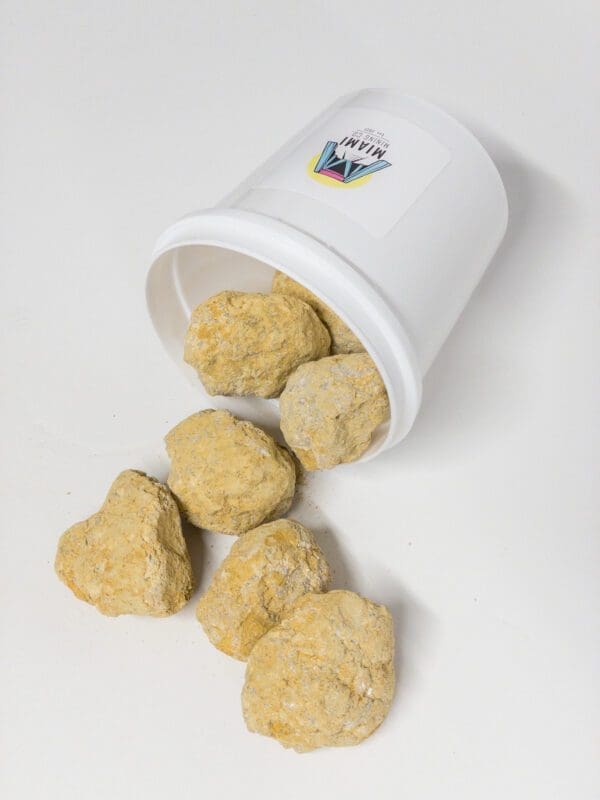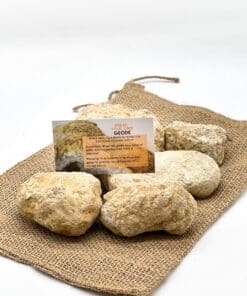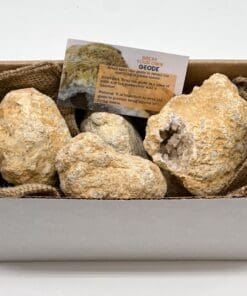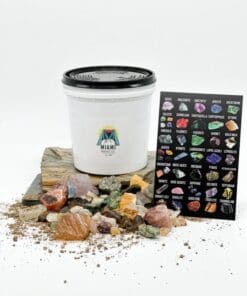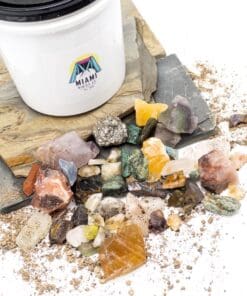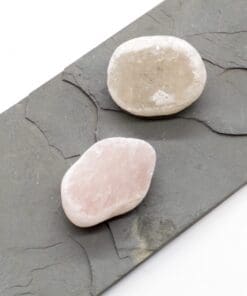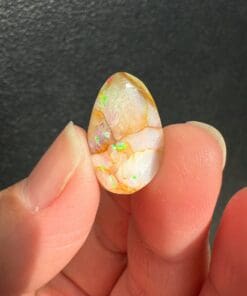Break Your Own Geodes: A Guide to Geode Hunting and Collecting
Geode hunting and collecting have been popular activities for rockhounds and crystal enthusiasts for years. Geodes are beautiful and unique rocks that contain crystal formations inside. If you are interested in geode hunting or want to learn more about geodes, here are the answers to some commonly asked questions.
How do you break your own geode?
To break open a geode, you will need a geode cracking tool, such as a geode cracker or a rock hammer. Place the geode in the tool and tap it gently until it cracks open. Be sure to wear protective eyewear and gloves to avoid injury.
Where do break your own geodes come from?
Geodes are found all over the world, but some of the most popular locations for geode hunting include the United States, Mexico, Brazil, and Australia. Geodes are usually found in volcanic rocks, limestone, or sandstone.
How much is a piece of geode worth?
The value of a geode depends on several factors, such as the size, quality, and rarity of the crystals inside. Small geodes can range from $5 to $20, while larger and more high-quality geodes can cost hundreds or even thousands of dollars.
Does water ruin geodes?
Water can damage geodes, especially if they are made of softer minerals like calcite or gypsum. Water can dissolve the crystals inside the geode, leaving it empty or causing the crystals to lose their color and clarity.
What is the rarest geode color?
The rarest geode color is blue, which is caused by the presence of blue agate or blue chalcedony. Blue geodes are highly sought after by collectors and can be quite valuable.
How much are uncut geodes worth?
Uncut geodes are not as valuable as cracked or polished geodes because the crystals inside have not been revealed. Small uncut geodes can range from $2 to $10, while larger uncut geodes can cost $20 or more.
How do you tell if a rock is a geode?
Geodes are typically round or oblong in shape and have a rough, bumpy exterior. The outside of a geode is usually made of hard rock like basalt or limestone, while the inside is filled with crystal formations.
What to do with geodes after breaking?
After you break open a geode, you can display the crystals inside or use them in jewelry making, crafts, or home decor. Some people also choose to polish their geodes to enhance their shine and color.
What are the best geodes to crack?
The best geodes to crack are those that feel heavy for their size and have a solid, unbroken exterior. Geodes that rattle or feel hollow may be empty or have only a few small crystals inside.
How old is water inside a geode?
The water inside a geode is usually millions of years old and is believed to have been trapped inside the rock during its formation. The age of the crystals inside a geode can vary depending on the type of mineral and the location where the geode was found.
What are the prettiest geodes?
Some of the prettiest geodes are those that contain colorful crystals, such as amethyst, citrine, or calcite. Geodes with unusual shapes or formations can also be quite stunning.
How old are most geodes?
Most geodes are believed to be between 145 and 66 million years old, which is the time period when dinosaurs roamed the earth. However, some geodes can be as old as 500 million years or more.
Do all geodes have crystals inside?
Not all geodes have crystals inside, but most do. Geodes form when mineral-rich water seeps into a cavity in a rock and then evaporates, leaving behind crystals. However, the quality and quantity of crystals can vary widely depending on the type of mineral and the conditions of formation.
Geode hunting and collecting can be a fun and rewarding hobby for anyone interested in rocks and crystals. Whether you are looking for a small souvenir or a valuable gemstone, there is a geode out there waiting to be discovered. Remember to always take proper safety precautions and respect the environment when exploring for geodes. Happy hunting!

